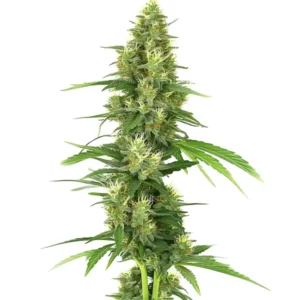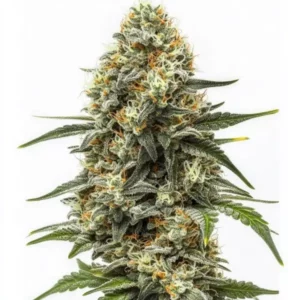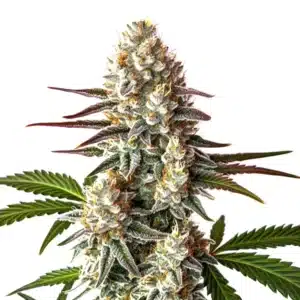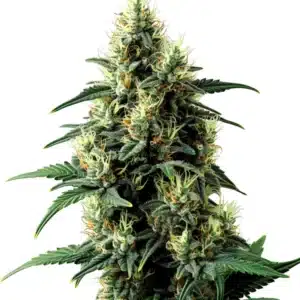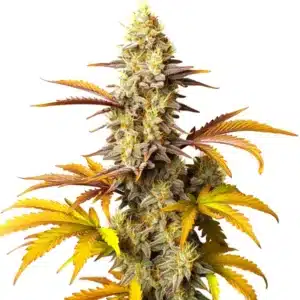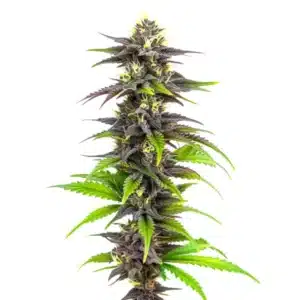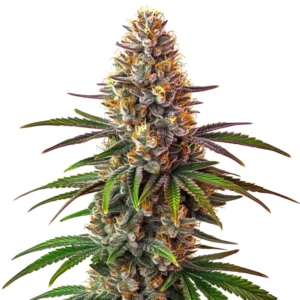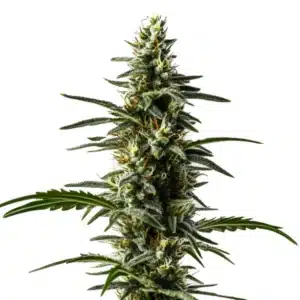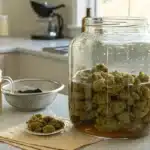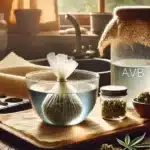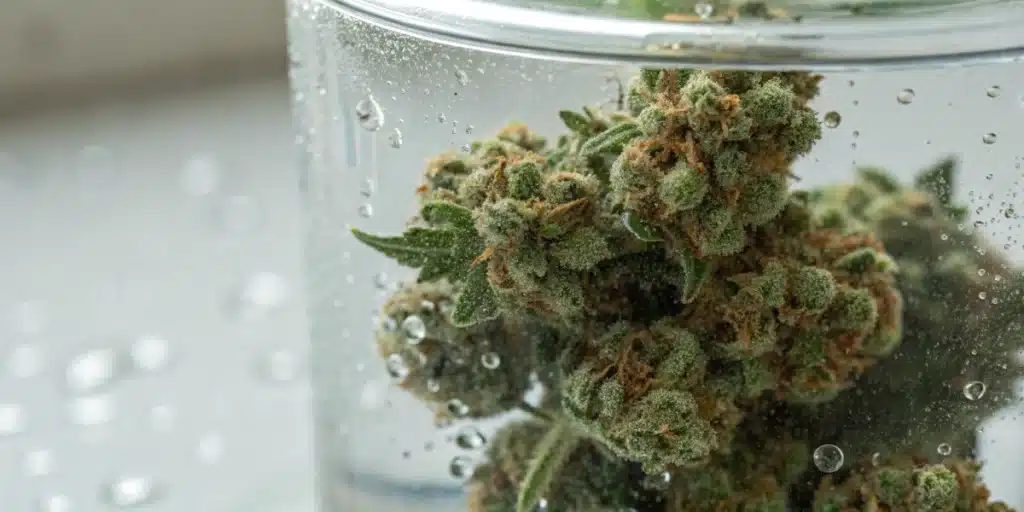
Water Cure Weed: Process, Benefits & Best Practices
Definition and Purpose of Water Curing
Water curing weed represents a distinct method that removes undesirable elements from cannabis and improves its overall quality significantly. This technique involves submerging the harvested buds in water over a designated period, which leaches out excess chlorophyll, impurities, potential pesticide residues, and other unwanted substances that can interfere with the flavor and smoothness of the smoke. This process helps produce cleaner cannabis that delivers a more refined experience. It attracts cultivators who pursue purity using simple, natural methods.
The process benefits those seeking a product with enhanced taste and reduced harshness. Cultivators and consumers appreciate this method because it creates a smoother smoke and intensifies the natural flavors inherent in premium cannabis.
Recommended Strains
Big Bud
|
|
THC | 15% - 20% (Medium) |
|
|
Type | Feminized |
|
|
Yield | High |
|
|
Phenotype | 85% Indica / 15% Sativa |
Big Bud Auto
|
|
THC | 18% - 22% (Medium) |
|
|
Type | Autoflowering |
|
|
Yield | Medium |
|
|
Phenotype | 80% Indica / 20% Sativa |
History and Evolution of the Technique
Water curing weed has ancient roots, with traditional methods used by various cultures to purify botanicals. The resurgence of this method in modern times reflects a growing demand for clean, flavorful cannabis that embraces natural processes over chemical-based methods. This evolution in practice integrates ancient wisdom with current scientific insights, ensuring that the final product meets the high expectations of discerning consumers.
Promos & Deals
Step-by-Step Water Curing Process
Preparing Cannabis for Water Curing
Before beginning the water curing process, you must properly prepare your cannabis. Start by harvesting buds when they achieve full maturity. Trim away unnecessary leaves that may contribute to unwanted tastes. Following the initial harvest, let the buds dry lightly for 24 to 48 hours to reduce excess moisture while keeping enough hydration for effective curing. Proper preparation establishes a solid foundation that maximizes the subsequent benefits.
After preparing the buds, organize your workspace with all the necessary supplies. Use fresh, high-quality materials such as clean trimming scissors. Arrange your trimmed buds neatly so they do not overlap excessively, which helps ensure even water exposure.
Detailed Process and Timing Guidelines
Fill a clean container with filtered water and immerse the trimmed buds completely, ensuring they sink and circulate freely. Submerge the cannabis for a minimum of 3 to 7 days, and replace the water every day. It is important not to keep the flowers submerged for too long, as extended periods can start to degrade the cannabinoids and overall bud structure. Frequent water changes preserve a pristine environment, allowing the buds to reach optimal purity.
After the soaking period, carefully remove the buds and gently pat them dry with a clean cloth. Then, allow them to air dry in a controlled environment for a few more days until all moisture evaporates. This ensures that the cannabis retains its improved character while avoiding mold or degradation.
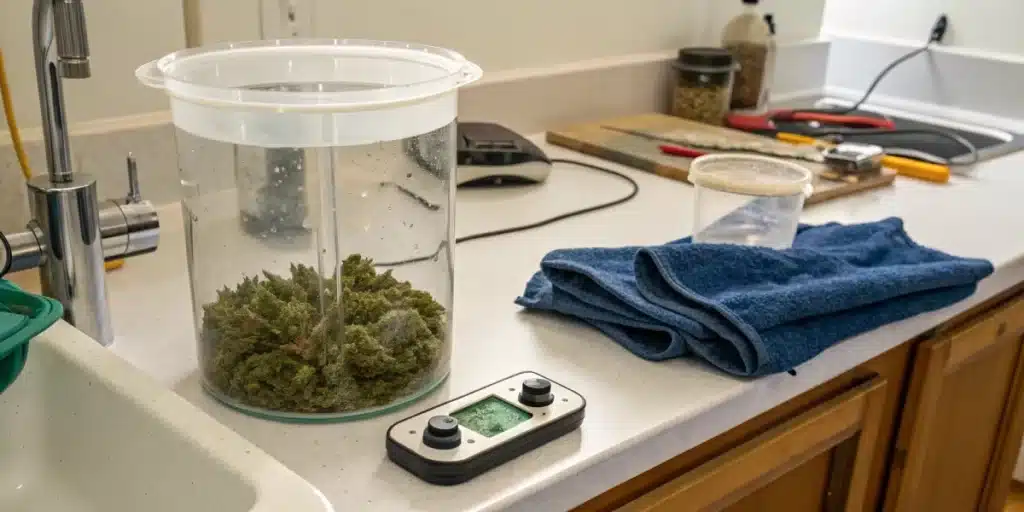
Benefits of Water Curing
Enhanced Flavor and Smoothness
Water curing weed dramatically enhances the flavor profile by extracting compounds like chlorophyll that contribute to bitterness. Because the buds are fully rehydrated during the process, the final curing stage after they are dried is often slower, but this extended timeline allows for the development of exceptionally pure flavors. The removal process allows the natural terpenes and cannabinoids to shine, resulting in a smoother, more palatable smoke.
A smoother smoking experience also emerges from the reduced harshness. Users often report that the method produces a mellow, even burn that does not irritate the throat or lungs. The process fosters optimal clarity and purity, enhancing both aroma and taste.
Reduced Harshness in Smoke
Removing excess impurities during water curing minimizes the harsh elements that typically cause throat irritation. This process enables you to enjoy a significantly milder smoke. By eliminating unfavorable compounds, water curing not only intensifies flavor but also produces an exceptionally smooth experience.
Tools and Equipment for Water Curing
To embark on water curing, you need clean and appropriate supplies. Use a spacious, food-grade container (glass or high-quality plastic) and filtered water. Assemble clean cloths for drying and a scale to monitor weight changes. The right equipment ensures an effective cleansing process.
Best Practices for Optimal Results
Regularly replacing the water keeps the curing environment fresh. Monitor your buds closely every day to observe changes and ensure there is no sign of mold. Adjust the curing time based on your strain’s specific demands. Document every step to help you perfect your method over time and guarantee repeatable, favorable results.
Comparing Water Cure with Traditional Methods
Advantages over Dry Curing
Water cure weed presents several advantages when compared to traditional dry curing. One primary benefit is the significant reduction in harshness. This method enhances the natural flavor profile by preserving delicate terpenes and cannabinoids, resulting in a smoother smoke that dry curing sometimes fails to achieve. Another benefit involves the eco-friendly nature of the process.
Possible Disadvantages and Trade-Offs
While water cure weed offers notable benefits, it presents certain trade-offs. One drawback can be the loss of some desirable water-soluble terpenes. Additionally, the process requires careful monitoring and a longer timeline.
Perhaps the most significant risk associated with water curing is the increased potential for mold during the drying phase that follows. Because the buds are completely saturated with water, they must be dried with extreme care in a well-ventilated area with proper humidity control. Any failure in the drying environment can easily lead to a catastrophic mold outbreak, such as botrytis, ruining the entire batch.
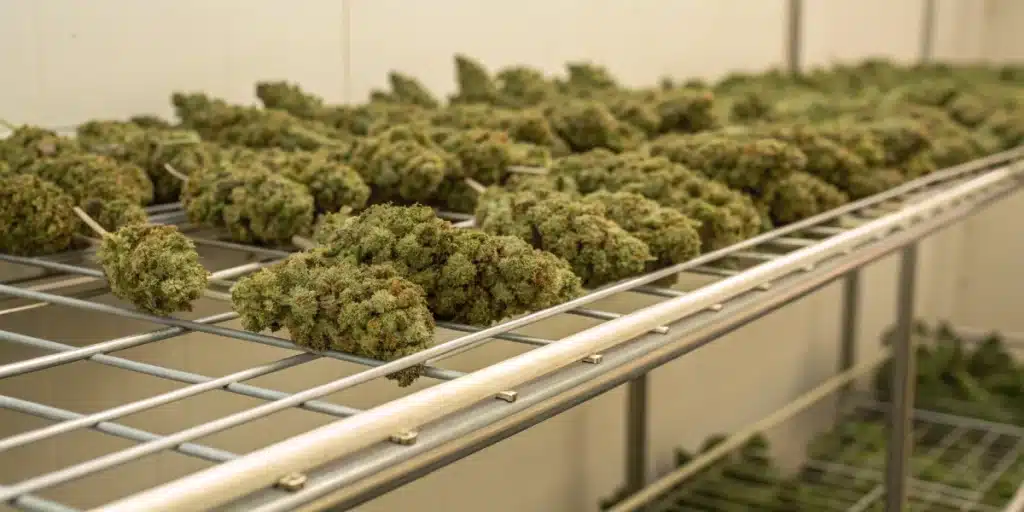
FAQs about water cure weed
What is water curing and how does it work?
Water curing involves submerging cannabis buds in water to extract unwanted compounds such as chlorophyll and impurities. The process actively leaches out these substances, resulting in a smoother, less harsh smoke with enhanced flavor. This method relies on continuous water changes and careful attention to timing and temperature for optimal results. Using proper techniques, you can achieve a cleaner final product that reflects your dedication to quality in water cure weed practices.
How does water curing affect the taste and smoothness of cannabis?
Water curing improves cannabis taste by removing harsh components that impair flavor and burn quality. It actively enhances the natural terpenes and cannabinoids, leading to a smooth smoke that many consumers appreciate. This method cultivates a more palatable experience compared to traditional curing techniques, which can leave behind unwanted bitterness. Regular monitoring and water changes ensure you obtain consistent improvements, validating the benefits of water cure weed methods to meet high flavor expectations.
What equipment is recommended for an effective water cure process?
For an effective water cure, choose a clean, food-grade container, preferably glass or high-quality plastic, and use filtered water to avoid contamination. Equip yourself with clean cloths for drying and a reliable scale to monitor weight changes during curing. Each piece of equipment supports the entire process and maximizes the benefits you gain from water cure weed. Maintaining an orderly setup and following best practices ensures that your cannabis achieves premium quality and purity throughout the curing process.


